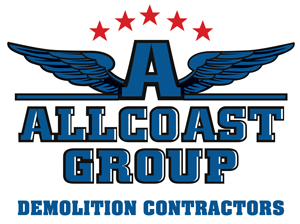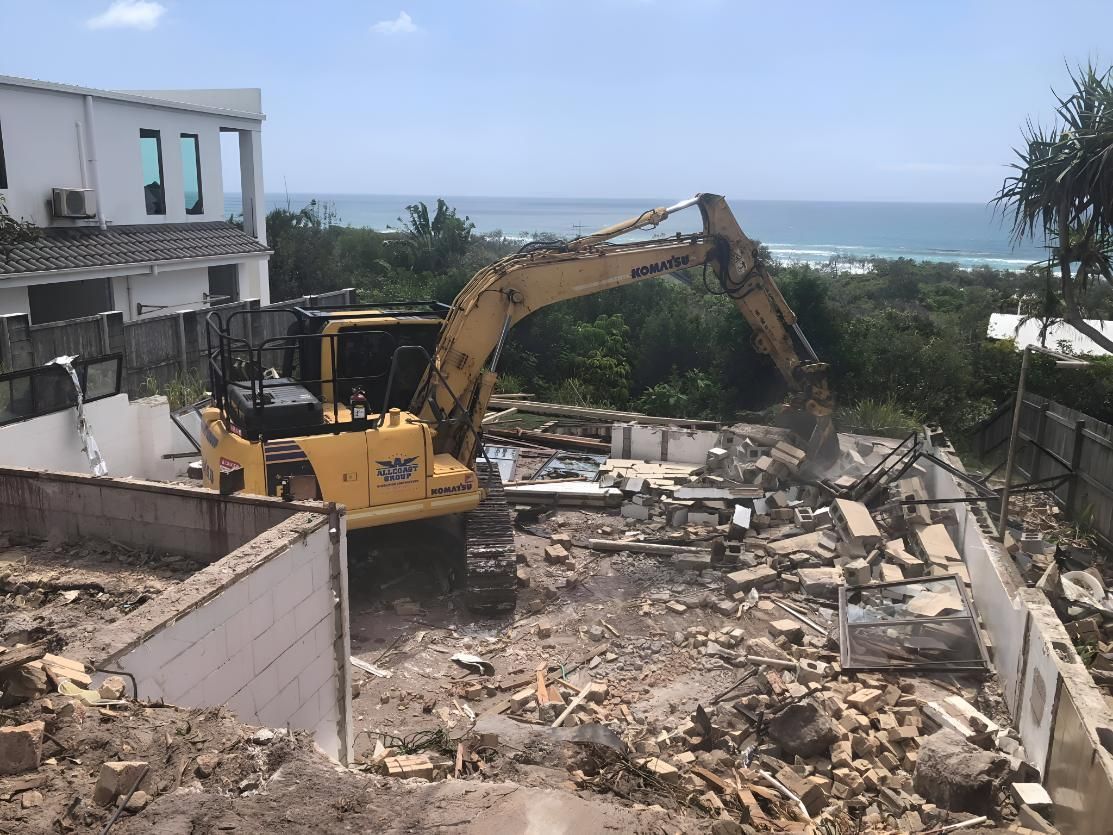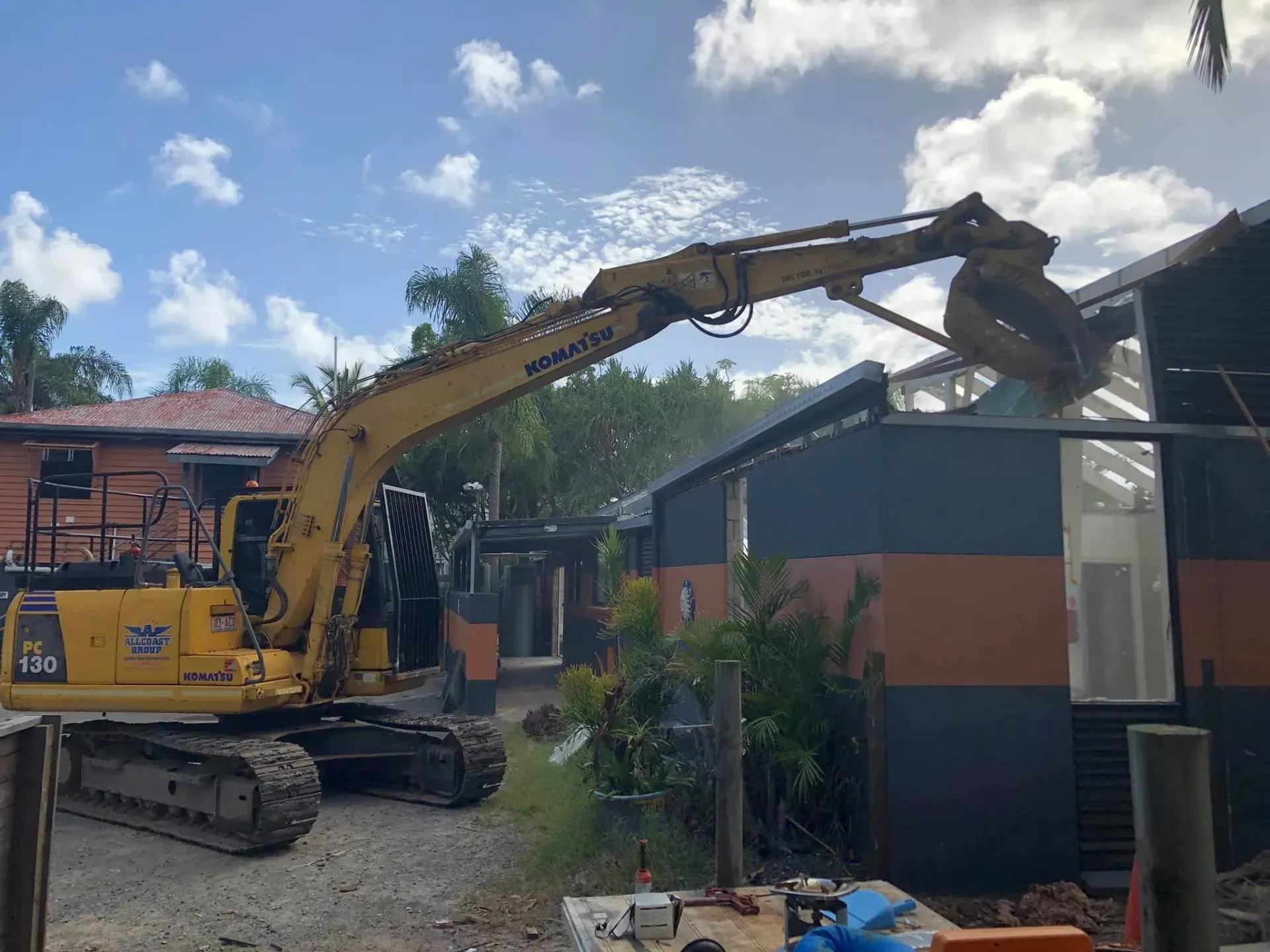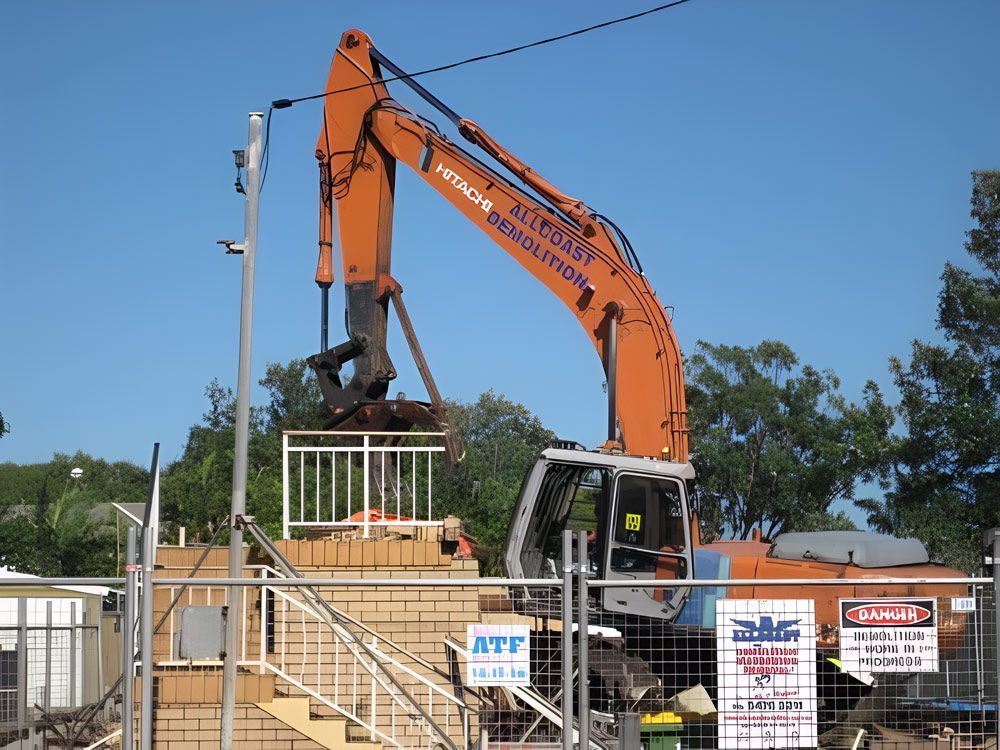What Happens To The Building Materials During Demolition?
During the
demolition
of a building, there are many things to consider such as the cost, environmental impact and the safety of those around you.
However, if you do ultimately decide to demolish your
home, there are also ways to make sure that what’s left behind is made useful and disposed of appropriately. Here is how materials commonly found in buildings can be reused and safely disposed of during demolition work.
What is demolition?
Demolition is the process of destroying or removing a building that is no longer needed using various tools and machinery to ensure it is carried out in a safe way.
The level of demolition waste is quite large in Australia (27 million tonnes in 2018-19), meaning it's important that builders have a plan in place for how to dispose of demolition materials and make sure they are efficiently reused.
Bricks and stones
The great thing about bricks and stones is that they can be reused in other buildings, so they don't have to be wasted once a property is removed. Both building materials make up the foundation of our homes, so they can be easily made into new bricks and stones to use in other projects.
Stones can also be ground into gravel or sand, which can then be used to cover roads or fill in holes in the ground where trees have been removed. They can also be used to make foundations for new houses, bridges or other structures that need a strong base, making them a very valuable material to reuse in other properties.
Salvaging
Salvaging is the process of removing useful materials from a building before demolition. This can be done by hand or with machinery, but it's most often carried out by human labourers due to their efficiency and cost-effectiveness to get the job done right. People salvage different materials for a variety of reasons, but the most important one is to repurpose them into something new to make the most out of their function.
Recycling
Once materials have been salvaged, they can also be recycled. The first step in the recycling process is to separate the building materials from one another once they have been removed from the site so that they can be sent off.
Most of the materials torn down during demolition, like glass and metal, can be recycled or reused in other buildings, so it's important to sort them into certain types of waste. This will not only make recycling the materials easier but also more profitable, as you can quickly find specific materials within a larger group.
Remember To Check Local Guidelines
What happens to the building materials during the demolition process really depends on the site and the specific area where the work is taking place. There are different rules and regulations for demolition in Australia, so you need to check your local council to see what is allowed on your site. Once demolition is complete, make sure all building materials are recycled or disposed of correctly.
There are lots of different ways to handle demolition materials, but to help ensure a smooth process,
contact
the
Allcoast Group Demolition Contractors today. We aim to recycle at least 80% of the materials from each project. We generate green waste for mulching, concrete for crushing and metal and glass for recycling. Any leftover material is then taken to the general landfill.










